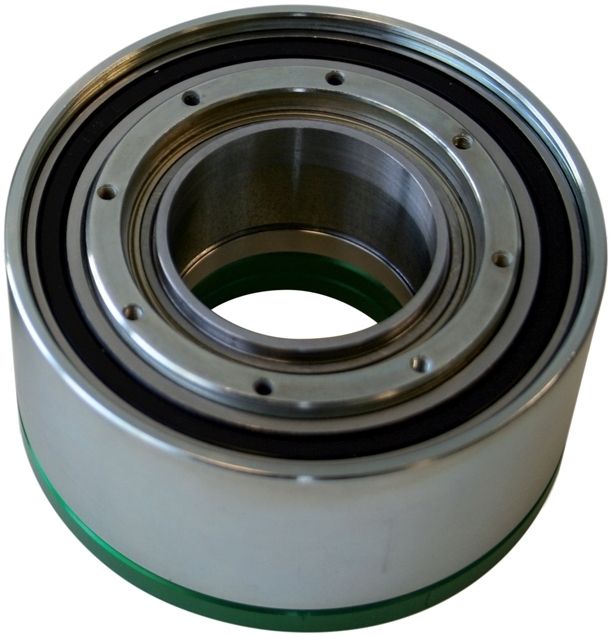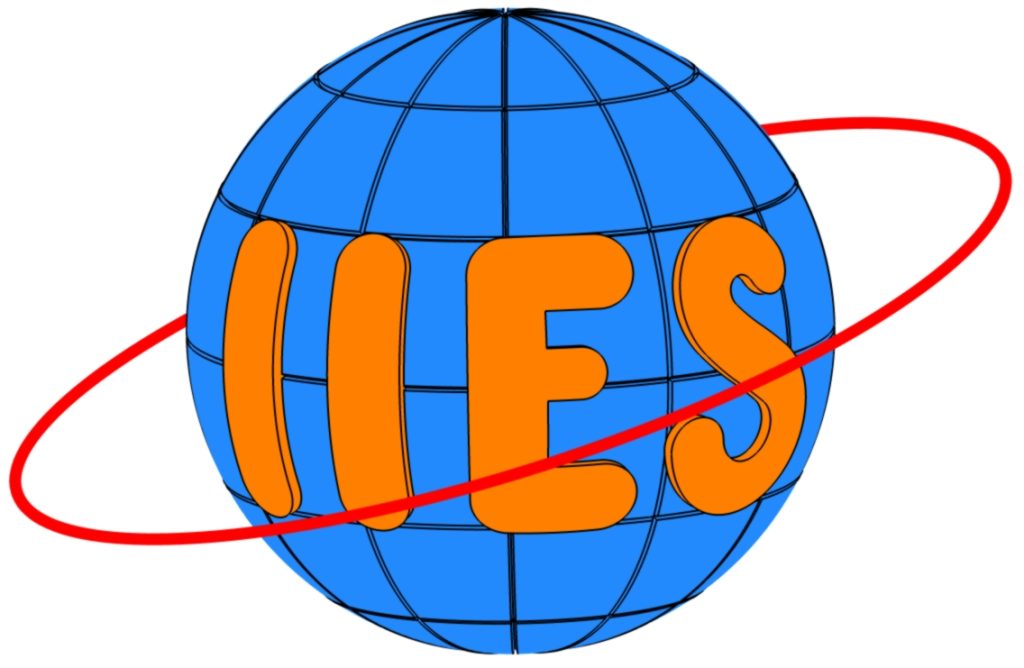Magnetic Wobbling Gear
Due to recent development, conventional gears can be replaced by powerful magnetic gearing systems. These gears with high-torque capability offer completely new features which are novel to the industry, highly favorable and not known for gears up to now. In magnetic gears, the traditional load- and friction-bearing elements are replaced by preferably strong permanent magnets to transmit energy. There is absolutely no contact between the acting magnetic surfaces, and therefore the gears are friction-free. The gearing parts perform consistently without lubrication. Some of the unique characteristics of magnetic gears are
- High precision: Magnetic systems in general are known for their very precise operation. Because of the absence of mechanical interaction, the gear delivers constant precision in both low and high load cycles. Mechanical backlash is about one order of magnitude less than in conventional precision gears.
- Abrasion-free: As it is friction free, the gear performs consistently without lubrication.
- Overload friendly: At overload, the magnetic transmission acts naturally as a clutch, but remains fully functional. The elasticity avoids unnecessary stress to related components. Hitting an emergency hard end stop after the failure of some control may not result in the degradation of the performance of a mechanism.
- Highly efficient: Magnetic gearboxes offer highly economical energy transfer. Energy conversion is practically seamless: losses via rolling friction and low magnetic hysteresis phenomena are minimal in operation.
- Elasticity: The inherent elasticity caused by the magnetic transmission in a powertrain can be very desirable, for example for compliant robotic applications. The amount of elasticity can be well defined and is therefore a design feature.

Potential use of magnetic geared actuators: Aerospace applications, compliant robotics, battery driven applications, robust linear transmissions axes, high precision applications.

